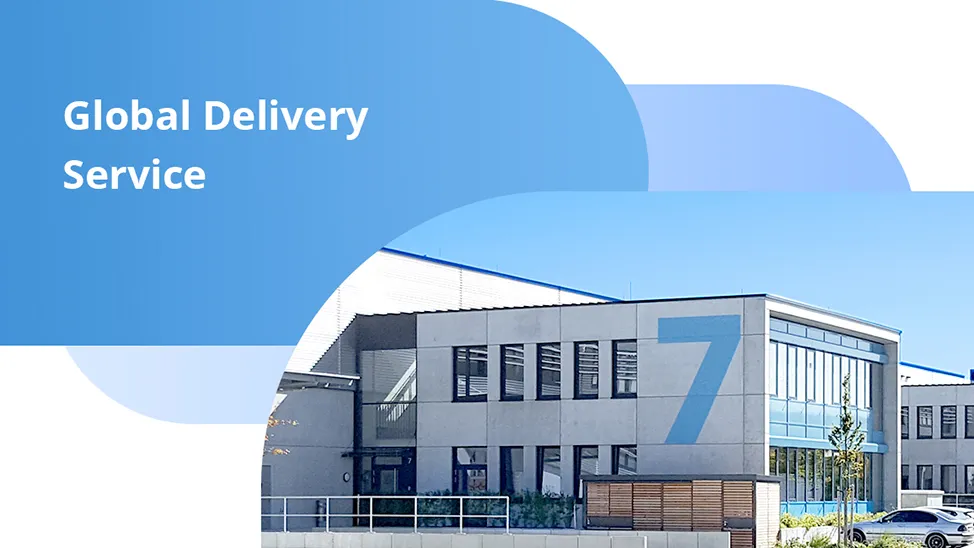PIM-SM vs PIM-DM
What Is PIM-SM?
PIM-SM (Protocol Independent Multicast - Sparse Mode) is optimized for networks where multicast group members are sparsely distributed. It operates on a "pull" model, where multicast traffic is only sent to parts of the network that explicitly request it. Key characteristics include:
-
Multicast Tree Formation: Uses a shared tree model, known as the Rendezvous Point (RP) tree, where multicast traffic is initially routed to a central point (the RP) before being forwarded to receivers. For greater efficiency, it can switch to a source-specific tree (Shortest Path Tree), reducing latency and bandwidth usage.
-
Traffic Control: Multicast traffic is only sent to network segments with receivers that have sent join requests, minimizing unnecessary transmission and conserving bandwidth.
-
Use Cases: PIM-SM is ideal for wide-area networks (WANs) and large-scale enterprise networks where multicast receivers are few and spread out. It is particularly useful where bandwidth conservation is critical.
What Is PIM-DM?
PIM-DM (Protocol Independent Multicast - Dense Mode) is designed for networks where multicast receivers are densely distributed. It operates on a "push" model, initially flooding multicast traffic throughout the network. Key characteristics include:
-
Multicast Tree Formation: Utilizes a source-specific tree model. Multicast data is initially sent to all network segments. Segments that do not need the data will send prune messages to stop receiving it, thus reducing unnecessary traffic.
-
Traffic Control: By default, all segments receive multicast traffic, making it efficient in environments where most segments have receivers. However, it may cause initial network congestion before prune messages take effect.
-
Use Cases: PIM-DM is suited for local-area networks (LANs) where multicast receivers are numerous and widely dispersed, and where bandwidth is plentiful.

Difference between PIM-SM vs PIM-DM
Protocol Independent Multicast (PIM) operates in two modes: Sparse Mode (PIM-SM) and Dense Mode (PIM-DM), each suited to different network conditions and handling multicast traffic differently.
Network Topology and Size
-
PIM-SM: Best for large networks (e.g., enterprise WANs) with sparsely distributed multicast group members. It conserves network resources by only delivering multicast traffic to segments that explicitly request it, making it ideal when receivers are few and spread out.
-
PIM-DM: Suited for smaller, localized networks (e.g., within a single campus or building) where multicast receivers are densely packed. Here, multicast traffic is initially flooded to all segments, which is efficient when most segments have receivers.
Traffic Distribution Method
-
PIM-SM: Uses a "pull" model, sending multicast traffic only to segments that request it. This minimizes unnecessary data flow and conserves bandwidth. Initially, a shared tree (Rendezvous Point, RP) is used, with the option to switch to a more efficient source-specific tree (Shortest Path Tree).
-
PIM-DM: Uses a "push" model, flooding multicast traffic to all segments first. Segments without receivers send prune messages to stop receiving the traffic, which refines the distribution over time. This ensures data is immediately available but may use more bandwidth initially.
Multicast Tree Structure
-
PIM-SM: Starts with a shared tree (Rendezvous Point Tree) directing traffic to the RP before forwarding it to receivers. Over time, this can switch to a source-specific tree (Shortest Path Tree) for more direct and efficient delivery.
-
PIM-DM: From the start, use a source-specific tree (Shortest Path Tree), sending multicast traffic directly from the source to all potential receivers. Prune messages reduce unnecessary traffic, optimizing flow.
Complexity and Configuration
-
PIM-SM: More complex to configure due to the need to set up a Rendezvous Point (RP) and manage transitions between shared and source-specific trees. However, this complexity provides greater control and efficiency in large, diverse networks.
-
PIM-DM: Easier to configure since it doesn’t require an RP. The flood-and-prune method is straightforward, making PIM-DM simpler to deploy in smaller, less complex networks.


-
SMB Office Network Solution
FS utilizes PicOS® switches and the AmpCon™ unified management platform to build a basic two-layer network architecture. It helps to create an efficient, stable, secure, and easy-to-maintain office network, significantly enhancing network security and use
-
Small Business Security Solutions
FS utilizes PicOS® switches and the AmpCon™ unified management platform to build a basic two-layer network architecture, enabling the construction of efficient, stable, easy-to-manage, and enterprise-grade security networks. Protect your business with uni
-
Enterprise Network Traffic Monitoring Solution
FS leverages network packet brokers to build network visibility solutions, provides deep insight into network traffic, and the means to filter for actionable data, enabling your security tools to identify and mitigate threats at their best performance.


